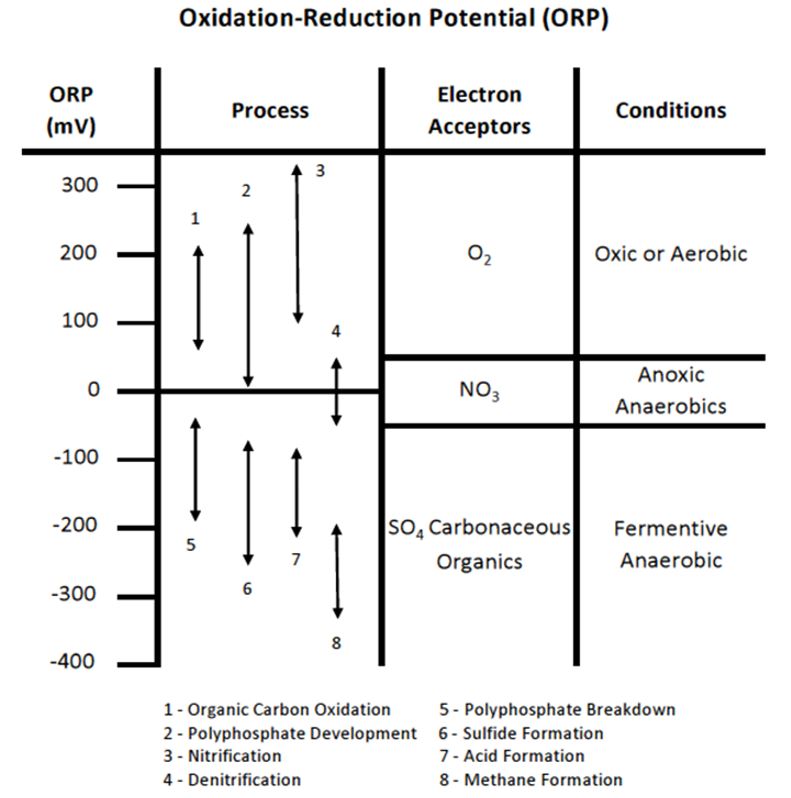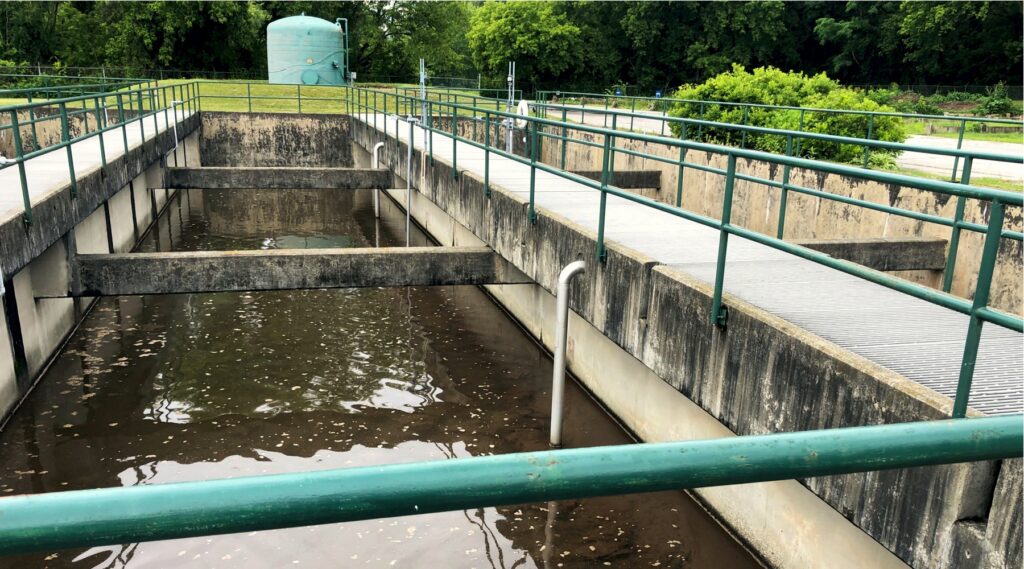
Excess phosphorus loading to waterways leads to eutrophication and poor water quality. Eutrophication is a process that occurs when excess nutrients are present in water, leading to harmful algal blooms and oxygen depletion. In 2016, the EPA implemented a phosphorus total maximum daily load (TMDL) for Vermont segments of Lake Champlain. This resulted in reduced effluent phosphorus limits and annual phosphorus allocations for wastewater treatment facilities (WWTFs) within the Lake Champlain Basin.
Over the past few years, Hoyle Tanner has worked with over 50 WWTFs to provide technical assistance, education, and outreach subject to these reduced effluent phosphorus limits. Several specifically selected facilities were chosen to participate in focused optimization efforts.
In order to investigate potential for phosphorus removal optimization, each WWTF’s existing treatment processes, operating methods, and process controls were determined while historical data and influent sources were analyzed. Then, specific sampling plans were created and carried out to best understand phosphorus removal throughout the treatment facility and pinpoint areas for optimization. Individual phosphorus optimization plans were developed for each specific facility. As a result of working with these facilities, four main recommendations were determined for all facilities interested in optimizing their phosphorus removal.
1. Understand your Influent Sources
Understanding water quality characteristics of typical municipal flow and identifying potential high-strength sources can allow communities to work directly with the users connected to the sewer system to alleviate phosphorus loading at the source. Samples can be collected and analyzed for dissolved orthophosphate from high-strength contributors. Dissolved orthophosphate (PO4-P) is the amount of “reactive” phosphorus present as PO4-P in a sample. This type of phosphorus is a key nutrient for microbial growth and the form of phosphorus removed during enhanced biological phosphorus removal. Dissolved orthophosphate is the fraction of phosphorus that can be chemically and biologically treated. Associated phosphorus loading can be determined using the following equation:

2. Understand your Return Streams & Side Streams
Return streams & side streams such as return activated sludge, decant, or pressate/centrate can have varied strength, with some return streams adding a significant phosphorus load to the biological process. WWTFs should identify each of their return streams and work to understand the return stream flow and associated phosphorus loading. Return stream composite samples can be collected and analyzed for orthophosphate to provide understanding of the phosphorus load the WWTF must be prepared to biologically and/or chemically treat. In other words, return streams have phosphorus that must be treated in addition to the phosphorus from the influent that must be treated.
3. Understand your Bioprocess
The biological process at each wastewater treatment facility is unique. Having a thorough understanding of the intent behind each step in the treatment process can help ensure that intended conditions are met in each area. For example, an oxidation-reduction potential (ORP) probe can be used to measure the ORP in an aerobic, anoxic, or anaerobic zone to ensure the zone is truly aerobic, anoxic, or anaerobic.
What is ORP?
Oxidation-reduction potential, or ORP, is an indicator of the availability of electron donors and acceptors in an aquatic environment and is commonly reported in units of millivolts (mV). A positive ORP indicates the availability of abundant electron acceptors while a negative ORP indicates an abundance of electron donors. In a biological treatment process, an ORP of -250 to -100 mV is indicative of anaerobic phosphorus release and fermentation, an ORP of -50 to +50 mV is indicative of denitrification, and +50 to +250 mV is indicative of aerobic treatment with dissolved oxygen present.

4. Understand your Chemical Use
Tracking daily coagulant use is an essential data point. Daily coagulant data can be used to identify phosphorus removal trends. Facilities that are looking to optimize their chemical use can experiment with varying chemical doses and two-point chemical addition. An insufficient coagulant dose can lead to poor phosphorus removal while an excessive coagulant dose can lead to unnecessary chemical cost.
Optimizing phosphorus removal at facilities within the Lake Champlain Basin requires collaboration between communities, operators, state officials, engineers, and users connected to the sewer system to improve Lake Champlain’s water quality. Understanding influent flows, return streams, bioprocess, and chemical use as well as robust data collection can help inform decision making around phosphorus removal optimization.

Work with Us
Hoyle Tanner provides a full range of services for wastewater collection and treatment projects including planning and concept studies through design, permitting, construction management, start-up, operating assistance, asset management, and funding application assistance. We partner with our clients to find wastewater management solutions that are energy and cost conscious. Our wastewater service capabilities include, but are not limited to, planning, design and construction of collection, conveyance, treatment systems.
This article was written by Amy DeCola, EIT.










